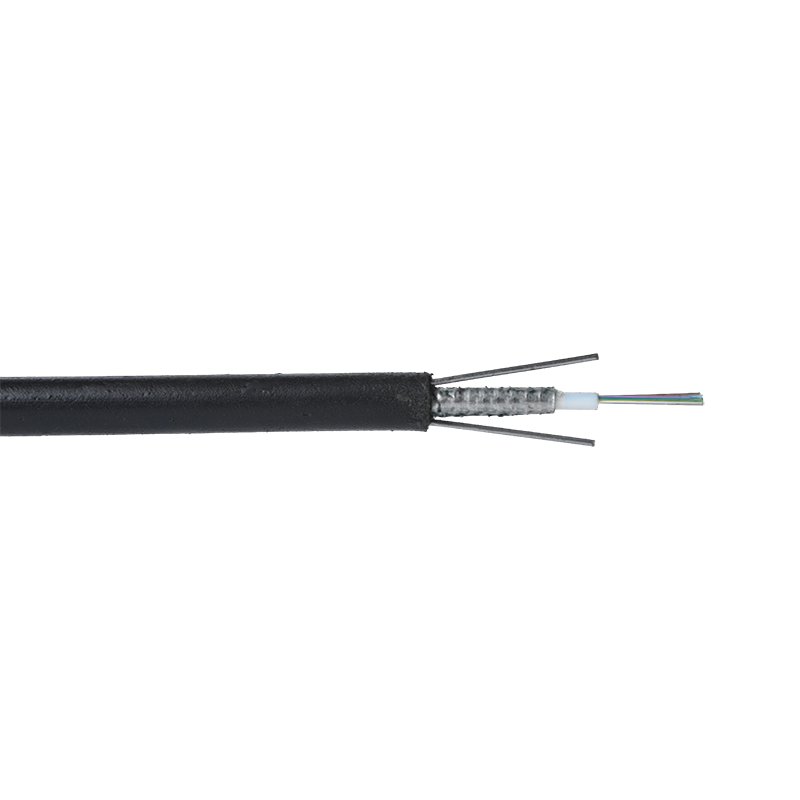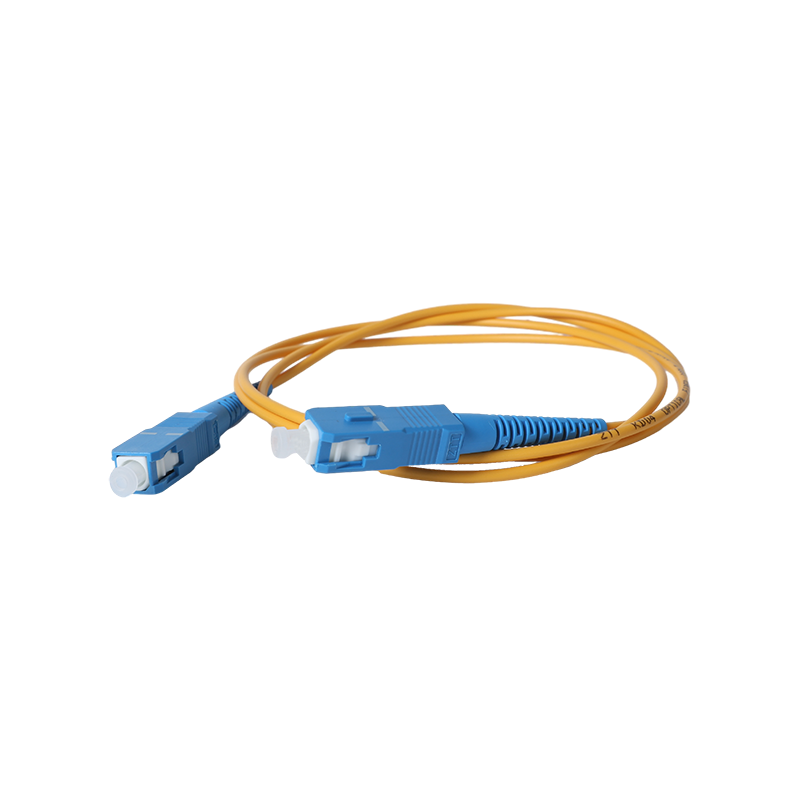How does the bend radius of indoor tight-buffered fibre optic cable impact installation and performance?
With the increasing speed of high-speed networks and data transmission, optical fiber cables have become the main force in information transmission. Especially for indoor tight-buffered fibre optic cable, the complexity of its design and installation has a huge impact on the overall performance. One of the key factors is the bend radius.
Definition and standard of bend radius
The bend radius refers to the radius formed when the optical fiber cable is bent. For indoor tight-buffered fibre optic cable, there are usually two standards: minimum bend radius (usually 10 times the cable diameter) and recommended bend radius (usually 20 times the cable diameter). These standards are set to ensure that the optical fiber is not damaged during installation, so as to maintain stable signal quality. During installation, if these standards are not followed, micro-bending loss of the optical fiber may occur, which will affect the speed and quality of data transmission.
Precautions during installation
When installing indoor tight-buffered fibre optic cable, the bend radius is not only related to the safety of the cable, but also directly affects the performance of the entire network. When laying fiber, technicians must ensure that every corner and joint follows the specified bend radius. If the fiber is compressed or over-bent, it may cause reflection, attenuation, or even breakage of the optical signal. According to a study, if the bend radius of the fiber is less than the recommended value, the attenuation rate can increase by up to 0.5 dB/km, which is obviously not conducive to network performance.

Impact on performance
The impact of the bend radius on fiber performance is not limited to signal attenuation. Too small a bend radius can also cause delays and packet loss, especially in high-bandwidth applications. For example, in data centers or large enterprise networks, the transmission quality of optical fiber is directly related to the smooth operation of the business. Therefore, ensuring that the fiber can maintain the appropriate bend radius after installation can effectively improve the reliability and stability of the network. At the same time, manufacturers usually provide detailed bend radius information in the specification of the optical fiber cable, which the installer needs to refer to carefully.
The bend radius plays a vital role in the installation and performance of indoor tight-buffered fiber optic cable. The correct bend radius not only ensures the safety of the fiber, but also improves the performance and stability of the network. When installing fiber, be sure to follow the relevant standards to ensure that every detail is in place. By understanding and applying this knowledge, you will be able to better maintain your network system, avoid potential problems, and enjoy a smoother network experience. Let's travel in the world of fiber optics without worrying about the bends!



 English
English русский
русский Español
Español عربى
عربى 中文简体
中文简体




















